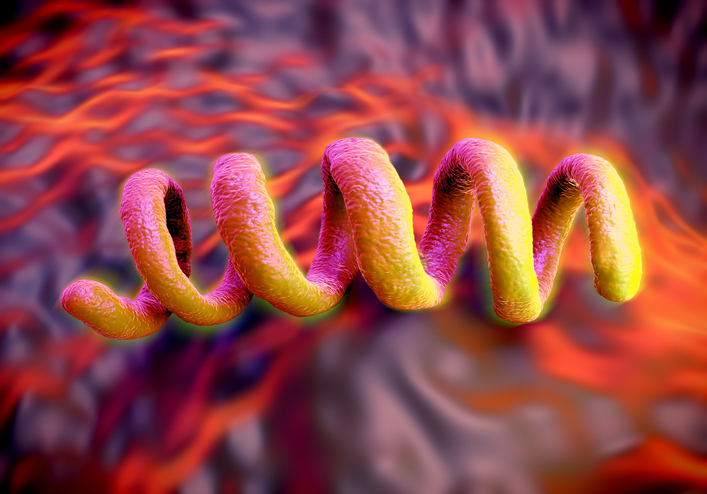Hard ulcer: what are its causes (non-infectious + infectious)

This symptom is the main sign of a sexually transmitted disease, namely syphilis. However, it is not only transmitted during sexual intercourse. It is transmitted through bodily fluids and therefore also during kissing. Another non-infectious cause of a skin ulcer is a blockage of the duct of the sweat or sebaceous gland.
Non-infectious skin ulcer
An example of a non-infectious subcutaneous ulcer is a blockage of a sebaceous or sweat gland. The blockage of the duct causes a build-up and inflammation. The ulcer is painful and can occur anywhere on the body.
Especially where there are numerous glands. For example, as a hard ulcer on the face, back, armpits. They arise on a bacterial basis.
The body's immune system copes with such inflammation by accumulating pus. This is a thick fluid made up of white blood cells, decayed cells and bacteria. A hard skin ulcer forms, swelling, redness and the area of the ulcer is painful.
Infectious ulcers

However, a hard ulcer that does not heal and does not ooze pus most likely has nothing to do with a similar inflammatory ulcer. Such ulcers are often painful to the touch and are infectious.
However, if the hard ulcer (also known as an ulcus durum) is free of pus and pain, it is most often a symptom of syphilis. This is also a disease of bacterial origin, but it is a dangerous infectious disease.
Syphilis, technically also lues.
Syphilis is transmitted through sexual contact and is referred to as a sexually transmitted disease. Transmission is through bodily fluids, so it does not have to be through sexual contact alone. It can also be through saliva when kissing, for example.
Syphilis is a disease caused by the bacterium Treponema pallidum. Only humans can host the bacterium. It is almost exclusively sexually transmitted and occurs most often in people under the age of 30.
The bacterium is dangerous in that it affects several organs and systems in the body. Thus, it affects not only the skin, but also the central nervous system, the musculoskeletal system, the cardiovascular system and the human support system.
A syphilis ulcer appears at the site where the disease was transmitted.
A hard ulcer typically appears in several places on the body. It is most often around the rectum, as a hard ulcer on the genitals, on the lips, the lining of the mouth and on the tongue. But its appearance can also be on the hands and fingers.

It appears within about 3 weeks after the sexual intercourse in which the transmission and infection occurred. The ulcer first appears as a small red freckle. Only later does it acquire its hardness and size.
In some cases, if the ulcer occurs on the penis, it may also occur on the inner thigh if there is frequent contact with the skin.
This type of ulcer is painless. This distinguishes it from classic infectious and inflammatory skin ulcers, which are painful and can fester.
On the other hand, within about two months, the ulcer will disappear and the site will be left without permanent damage. However, if a person underestimates this symptom, it can backfire.
If left untreated, syphilis continues to infect the body. Later, hardening of the lymph nodes near the affected area, which also does not hurt, is typical.
In the last stage of the disease, irreversible damage to multiple organs and systems occurs. For example, impaired mobility, muscle, joint or back pain.
The central nervous system is damaged and behavioural changes occur. Sometimes dementia or paralysis can occur.
The disease is treated with antibiotics and quite successfully. If a person develops a hard ulcer in one of the typical locations, he or she should not underestimate this symptom and should rather see a doctor.
Non-syphilitic hard ulcer on the genitals
There may be ulcers on the penis that do not indicate syphilis. These are, for example, sebaceous gland blockages on the glans. There are a large number of sebaceous glands on the glans. If they become blocked, bacterial inflammation occurs.
But this ulcer is painful, especially to the touch, and reddened. When it ruptures, pus oozes out. It heals quickly and is treated with topical antibiotics, i.e. ointments.
Another case is the soft ulcer, also known as ulcus molle. It is also an infectious disease. It is different from the ulcer of syphilis in that it is painful and not hard to the touch. Its causative agent is Heamophilus durceyi.
Diseases with symptom "Hard ulcer"










